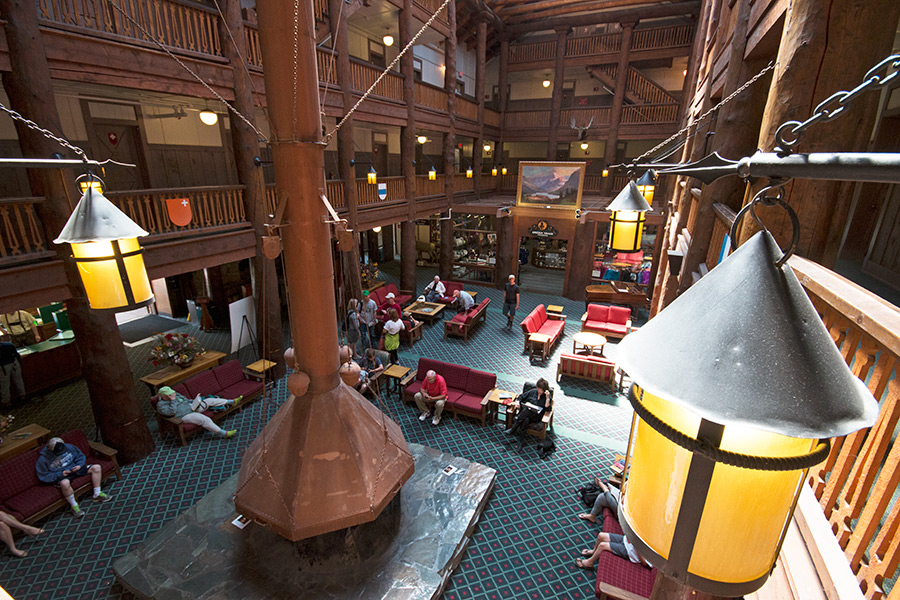Over $3 million in outdated wastewater systems. Nearly $28 million for aging and historic buildings. About $123 million for damaged or deteriorating roads.
The list of deferred maintenance in Glacier National Park, similar to the entire National Park Service system, is piling higher every year, according to agency estimates.
An estimated $180 million in deferred maintenance exists in Glacier Park, roughly $2 million more than a year ago and one of the highest amounts in the nation, according to NPS figures. For the entire NPS system there is $11.93 billion of neglected needs, a $440 million increase from the previous year. Yellowstone National Park has the third largest amount of deferred maintenance at $631 million. The NPS released the latest figures last week.
Deferred maintenance is identified as necessary work that has been delayed for more than one year on infrastructure, such as roads and bridges, visitor centers, trails and campgrounds. Aging facilities, increasing use of park facilities and scarce resources contribute to the growing backlog, the agency said.
The needs are greater in sites such as Glacier and Yellowstone, which are among the oldest in the nation and were established before the NPS existed as an agency.
“Glacier’s been here for over 100 years and we’ve got many, many historic buildings,” spokesperson Denise Germann said. “There are many historic structures in the park.”
There are 550 buildings and 112 housing units in Glacier Park, dozens of which are many decades old. Many Glacier Hotel, which celebrated its 100th anniversary last summer, is undergoing rehabilitation this year to address health and safety issues.
The hotel’s electrical system is being upgraded to address lingering hazards, along with the fire-suppression system. The lodge’s sewage system remains a pressing need, Germann said.
“It’s a challenge to manage historic buildings and maintain them and provide upkeep and continue to meet code,” Germann said. “That’s a large challenge we have at the park.”
Congress approved funding for the National Park Service in 2016 that includes an additional $90 million for non-transportation maintenance. The nation’s new highway bill will provide $28 million for transportation projects in parks this year. Funding for transportation-related maintenance and construction will continue to rise, by $8 million per year for five years, until it reaches $300 million per year in 2020.
“We have a lot yet to do but I think everything is moving in the right direction,” National Park Service Director Jonathan B. Jarvis stated, referring to the deferred maintenance issue. “Congress has pitched in with base funding and with additional funds for the Centennial Challenge – a program that enables us to leverage private and non-profit partner contributions to complete important projects that improve visitor services in parks. There is more Congress can do through the Centennial Act now under consideration including short-term mandatory appropriations.”
